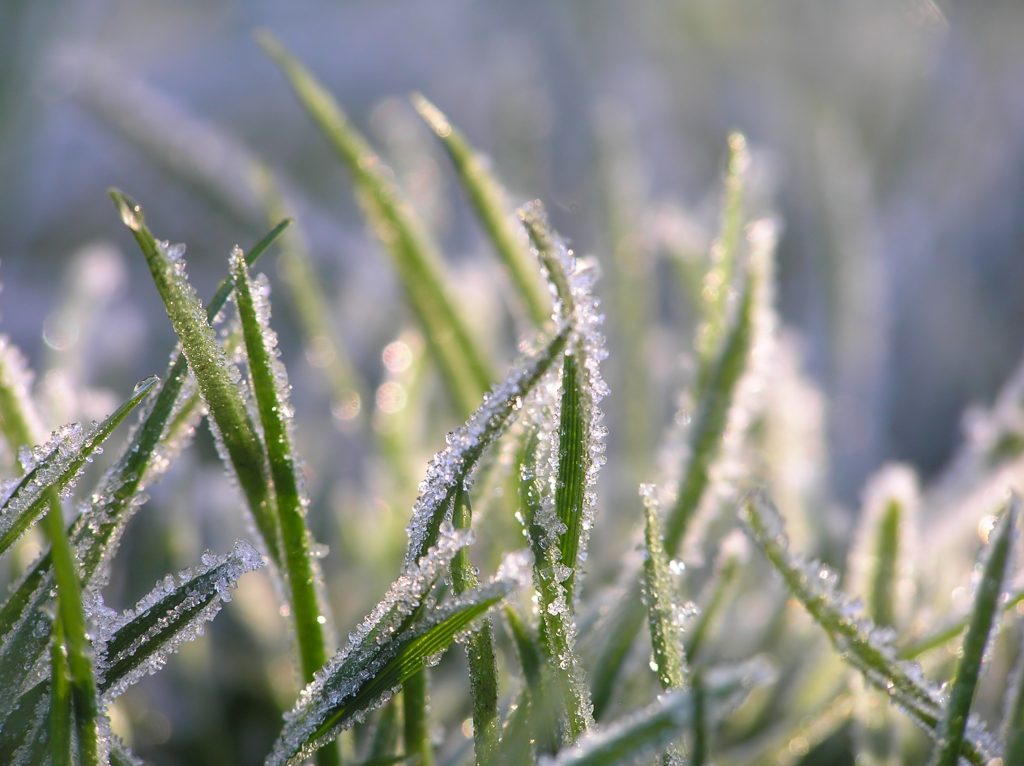How to limit turf damage during winter
Related Articles
Winter brings with it plenty of challenges for greenkeepers. With fewer daylight hours and less favourable growing conditions, the focus shifts from presentation and playability to winter maintenance and the limitation of turf damage while still facilitating play.
Although the strategies considered to nurture your course through winter depend upon course type, soil texture and the species of turfgrass you manage, many of the practices listed below are still good proactive measures to take in order to take your turf through this period of lower air and soil temperatures.

Evaluate turf sunlight exposure
Adequate sunlight exposure allows grass plants to achieve the desired rate of respiration, photosynthesis and plant growth. When exposure is compromised, grass plants become significantly weakened, resulting in a depleted root system and lower energy reserves.
In turn, this less than optimal condition makes it more difficult for the plant to recover from both wear and winter injury. With shorter days during the winter months, sunlight is already limited. Consider thinning canopies or removing trees that are shading areas of your turf to correct unsuitable lighting conditions. Tree removal can also improve air movement, resulting in a lowered risk of disease on your turf.

Monitor effective height of cut versus bench set height of cut
Raising heights of cut is commonly seen as good practice during the winter months. Photosynthesis is compromised at this time of year so leaving slightly more leaf tissue in place will assist in utilising any available sunlight that does occur. It should also be noted that winter months inherently lead to softer surfaces which in turn lead to a greater variance between the effective height of cut when compared with the bench set height of cut. A prism gauge is a useful tool when checking height of cut ‘out in the field’.
Quality of cut
The maintenance of sharp mowing equipment is just as important during winter months as it is during the playing season. Regularity of mowing may lessen significantly but the cleanness of cut and its position in an integrated programme versus fungal diseases is undisputed.
Although top-dressing rarely occurs during the winter months there is often more debris laying on the surface that can affect the sharpness of both bottom blades and cylinder blades.
Practice deep aeration and use a penetrant soil surfactant
Aeration is a good practice to relieve any compaction in the soil profile from season-round foot traffic, heavy equipment or accumulations of excessive thatch. Practicing deep aeration while soil conditions allow in the winter can still be beneficial. Pairing this process with a penetrant soil surfactant application such as Dispatch Sprayable can help speed the infiltration and penetration of winter rainfall.
Overseed in combination with a soil surfactant
Recent milder winters have seen over-seeding being successfully carried out much later in the year than was previously the case. Where loss of grass cover during the main playing season has been caused by water repellency, a proven soil surfactant such as Aqueduct or Primer Select can ensure that applied water wets the soil and seed evenly for faster, more uniform turf germination and in turn increases the chances of establishment. For best results, soil surfactants should be applied two weeks before seeding to prepare the soil.

Monitor soil moisture
It is important to continually monitor the soil moisture of your greens throughout the season to ensure a healthy return of your turf for the spring. Keeping a record of these levels can also help you compare with winter injury in the spring and allow you to start building a site history.
Continue with regular applications of a proven water management product such as Dispatch Sprayable throughout the winter in order to reap the proven turf health benefits that this product provides; promoting a drier and firmer surface, keeping water moving through the profile, providing consistency, reducing surface run off, photosynthesis and other metabolic functions as well as assisting with the uptake of applied nutrients.
Ensure adequate turf nutrition
It is vitally important that your turf remains healthy and strong, giving it the best opportunity to withstand harsher weather conditions and combat wear and tear. The emphasis should be on turf health and not top growth with applications of a proven turf hardener, containing low amounts of nitrogen but adequate amounts of potassium, calcium, magnesium and iron, as supplied by the ‘Tough Turf Xcel’ combination from Aquatrols.
Though there is no way to control what the winter season has in store for your turf, you can take precautionary measures and be best prepared.

























